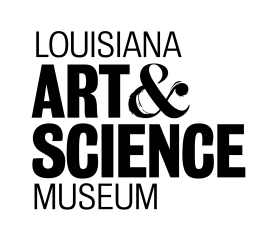Getting the right voice-over and music for a planetarium show is essential. If the voice-over artist records a performance that’s too “dry” like they’re reading out of a legal journal, then you’re going to lose the audience. If the music is too “busy,” then it will distract from the show. I was very careful in who I chose to do our Sky Tonight narration and when it comes to music I’m extremely particular. The sound is vital to any type of show. And it’s this process that I found the most taxing on my patience.
Monthly Archives: September 2019
Let’s Make a Planetarium Show: Part 3 – Digital Sky Animation
The first time I ever went to a planetarium was when I was in second grade. It was on a field trip and I remember the show dealt with a private detective investigating something dealing with the stars. I remember this because I had always wanted to have a job like Sherlock Holmes. So, when I got a job at the planetarium I assumed that all the shows would revolve around a static star field and maybe a half-hour presentation on some of the planets you can find from your backyard. How wrong I was.
Let’s Make a Planetarium Show: Part 2 – The Voice
You’ve got your script in hand. It’s been run through the Educators and the Editor. It’s all on the up-and-up. Now you just have to have your script recorded by a voice-over artist.
Let’s Make a Planetarium Show: Part 1 – Take It From the Top
When you come to the Louisiana Art & Science Museum and see a Sky Tonight show—when you see the stars on the dome, the planets in orbit, the deep sky objects far beyond our own galaxy—you’re actually looking at a 3D model of our observable universe. Every star, planet, and object is placed where they belong in space. You’re underneath a dome that operates essentially like a digital universe. Navigating through this and making a show with the enormity of space can be a little bit tricky. Well, that’s where I come in.
The Sky Tonight: September Equinox
The September equinox occurs at 07:50 UTC. The Sun will shine directly on the equator and there will be nearly equal amounts of day and night throughout the world. This is also the first day of fall (autumnal equinox) in the Northern Hemisphere and the first day of spring (vernal equinox) in the Southern Hemisphere.
The Sky Tonight Update: Full Moon
The Moon will be located on the opposite side of the Earth as the Sun and its face will be will be fully illuminated. This phase occurs at 04:34 UTC. This full moon was known by early Native American tribes as the Full Corn Moon because the corn is harvested around this time of year. This moon is also known as the Harvest Moon. The Harvest Moon is the full moon that occurs closest to the September equinox each year.
The Sky Tonight Update: Neptune at Opposition
The blue giant planet will be at its closest approach to Earth and its face will be fully illuminated by the Sun. It will be brighter than any other time of the year and will be visible all night long. This is the best time to view and photograph Neptune. Due to its extreme distance from Earth, it will only appear as a tiny blue dot in all but the most powerful telescopes








